LS6607
Related products
video introduction
PRODUCT PROFILE
Bathroom sinks and vanities are fundamental fixtures that have undergone significant changes over time. These crucial components not only provide functionality but also contribute to the overall aesthetic appeal of a bathroom. This article aims to explore the historical evolution, design variations, materials, and innovative features of bathroom sinks and vanities. By delving into these aspects, we can gain a deeper understanding of the evolution of these fixtures and appreciate the transformative impact they have had on bathroom design and functionality.
I. Historical Evolution The concept of bathroom sinks can be traced back to ancient civilizations like the Egyptians and Romans. In those times, basic stone or clay vessels were used to hold water for washing hands. As time progressed, sinks evolved in terms of design and material used. The Middle Ages saw the advent of wooden basins, while the Renaissance period introduced more ornate stone and metal variations.
The Industrial Revolution marked a turning point for sink and vanity design. The introduction of indoor plumbing systems allowed for the integration of sinks into the general water supply. Porcelain became a popular material due to its durability and easy maintenance. Pedestal sinks, freestanding fixtures supported by a column or pedestal, gained popularity during this era as they maximized floor space.
II. Design Variations The design of bathroom sinks and vanities has evolved to accommodate diverse preferences and architectural styles. Today, we have a plethora of options, including pedestal sinks, wall-mounted sinks, vessel sinks, undermount sinks, console sinks, and more. Each design offers unique features, such as space-saving capabilities, visual appeal, or ease of installation.
Pedestal sinks, as mentioned earlier, provide a classic and elegant look while adding a touch of sophistication to any bathroom. Wall-mounted sinks are ideal for small spaces as they create an illusion of more floor area. Vessel sinks, which sit atop the counter, come in various materials like glass, porcelain, or stone, providing a modern and artistic aesthetic. Undermount sinks, on the other hand, are installed beneath the countertop, offering a seamless and minimalist look.
III. Materials Bathroom sinks and vanities are available in a wide range of materials, each bringing its distinct appeal and characteristics. Porcelain, with its glossy finish, remains a favored choice due to its durability, resistance to stains, and ease of cleaning. Stainless steel is another popular option for contemporary bathrooms due to its sleek appearance, low maintenance requirements, and resistance to corrosion. Natural stone sinks, such as granite or marble, provide a luxurious and unique touch to any bathroom. Other materials like glass, copper, and cast iron also offer distinct aesthetics and functional attributes.
IV. Innovative Features Innovations in bathroom sinks and vanities have revolutionized their functionality, convenience, and sustainability. Modern fixtures often incorporate advanced features like touchless faucets, LED lighting, temperature control, and smart technology integration for enhanced user experience. Touchless faucets, for instance, promote hygiene and water conservation by automatically turning on and off with motion sensors. LED lighting not only adds a decorative element but also enhances visibility and energy efficiency.
Additionally, vanities are now equipped with integrated storage solutions, such as drawers, shelves, and compartments, to optimize space utilization and keep bathroom necessities organized. Some innovative designs also include built-in charging ports, Bluetooth speakers, or even televisions to provide an immersive experience. Green solutions, such as water-saving features and eco-friendly materials, have gained prominence to promote sustainable practices and reduce water consumption.
Conclusion Bathroom sinks and vanities have come a long way from their ancient origins to become essential elements in contemporary bathroom design. The evolution of these fixtures showcases the remarkable progress of human ingenuity in terms of design, functionality, and sustainability. Today, bathroom sinks and vanities not only provide practicality but also serve as focal points for stylish and personalized spaces. As technology and design continue to advance, we can expect even more exciting innovations and advancements in this vital aspect of the modern bathroom.
Product display
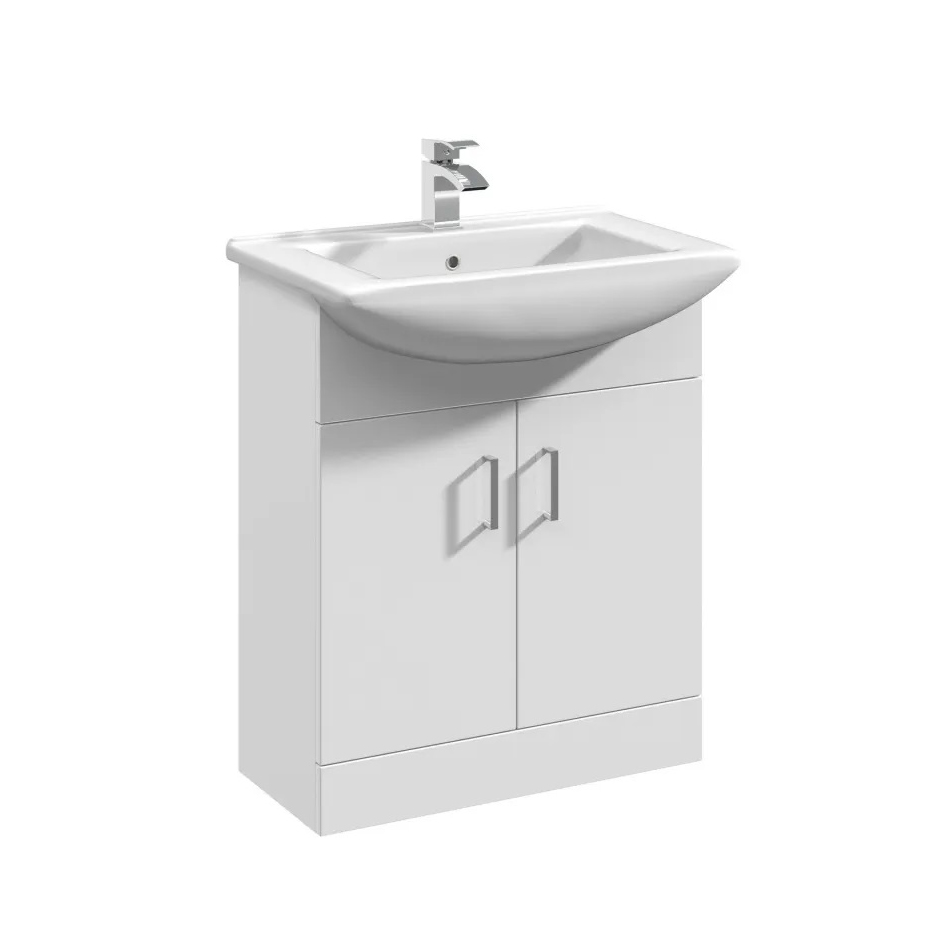
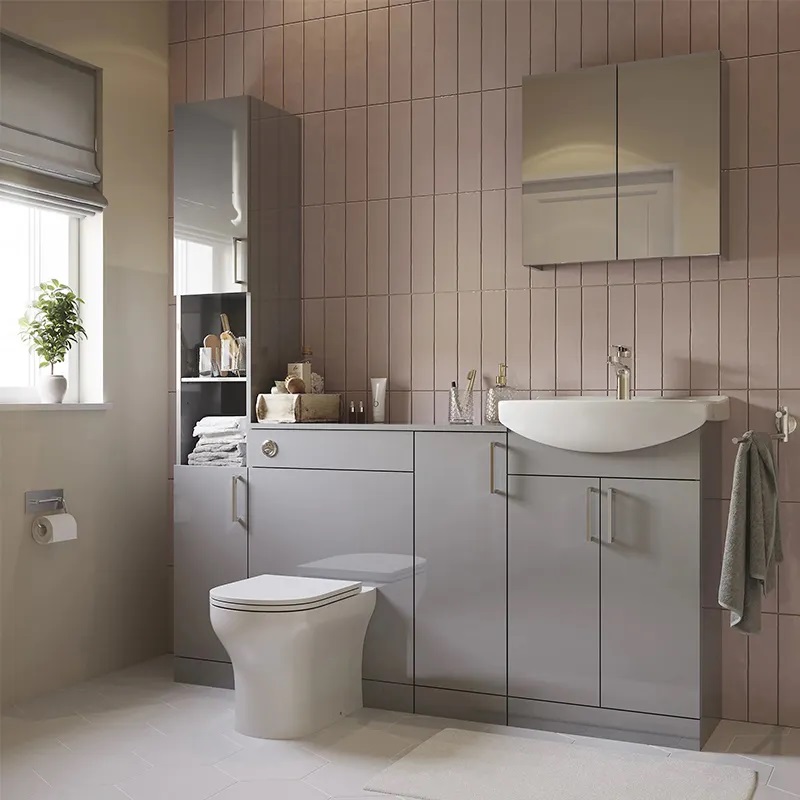
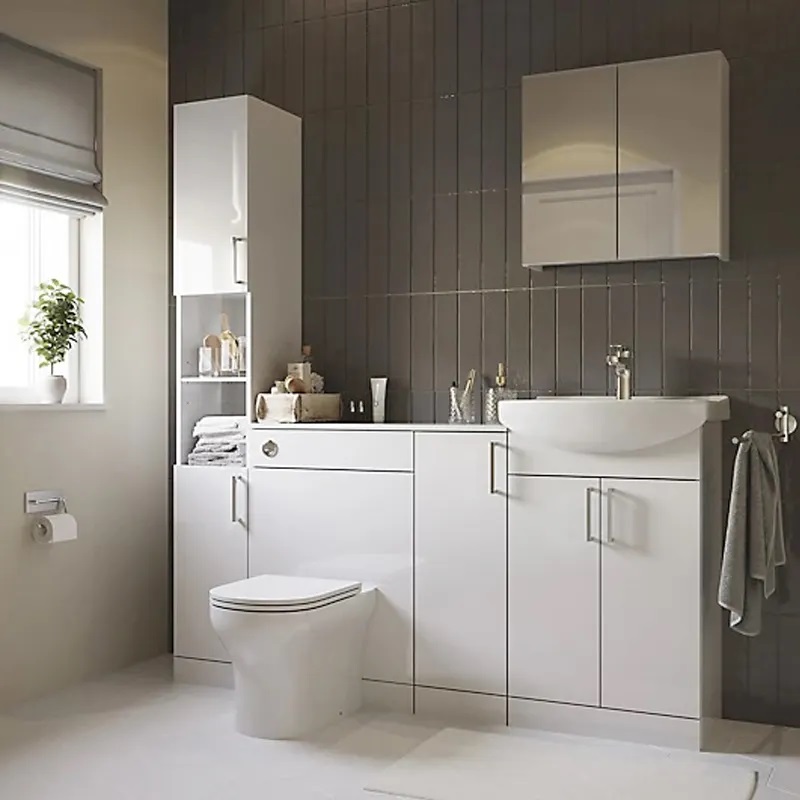
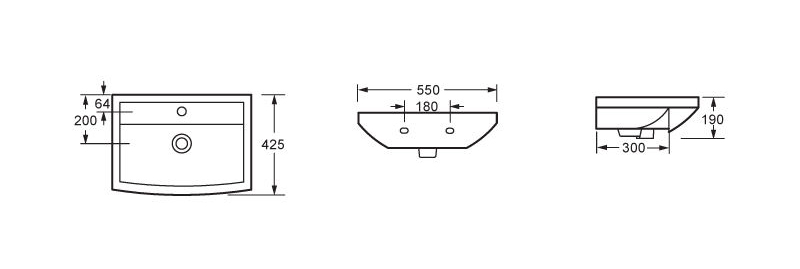
| Model Number | LS6607 |
| Material | Ceramic |
| Type | Ceramic wash basin |
| Faucet Hole | One Hole |
| Usage | Washing Hands |
| Package | package can be designed according to customer requirement |
| Delivery port | TIANJIN PORT |
| Payment | TT, 30% deposit in advance,balance against B/L copy |
| Delivery time | Within 45-60 days after received the deposit |
| Accessories | No Faucet & No Drainer |
product feature
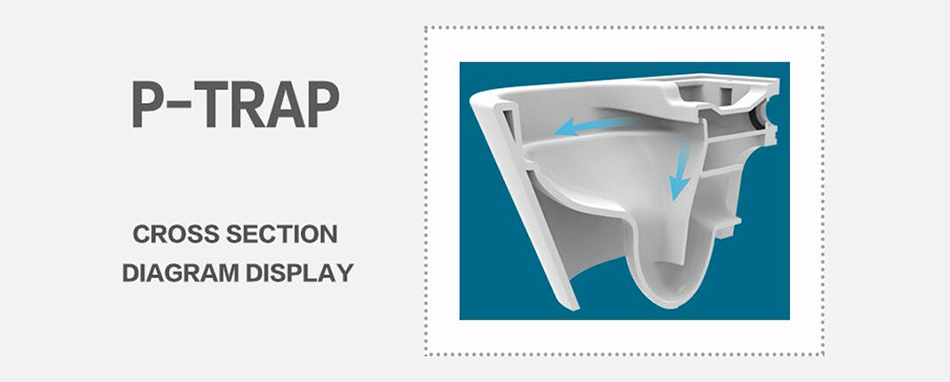
THE BEST QUALITY
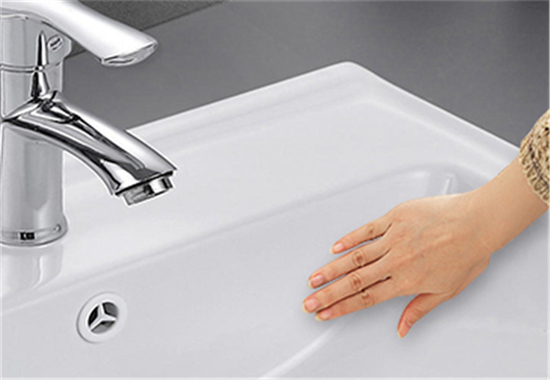
Smooth glazing
Dirt does not deposit
It is applicable to a variety of
scenarios and enjoys pure w-
ater of health standard, whi-
ch is hygienic and convenient
deepened design
Independent waterside
Super large inner basin space,
20% longer than other basins,
comfortable for super large
water storage capacity
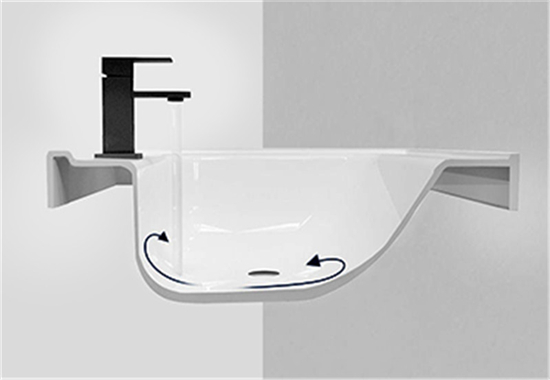
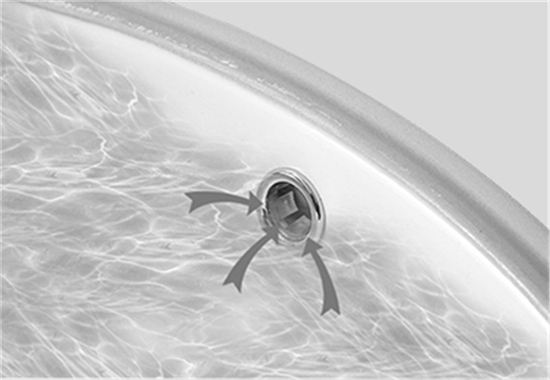
Anti overflow design
Prevent water from overflowing
The excess water flows away
through the overflow hole
and the overflow port pipeli-
ne of the main sewer pipe
Ceramic basin drain
installation without tools
Simple and practical not easy
to damage,preferred for f-
amily use,For multiple instal-
lation environments
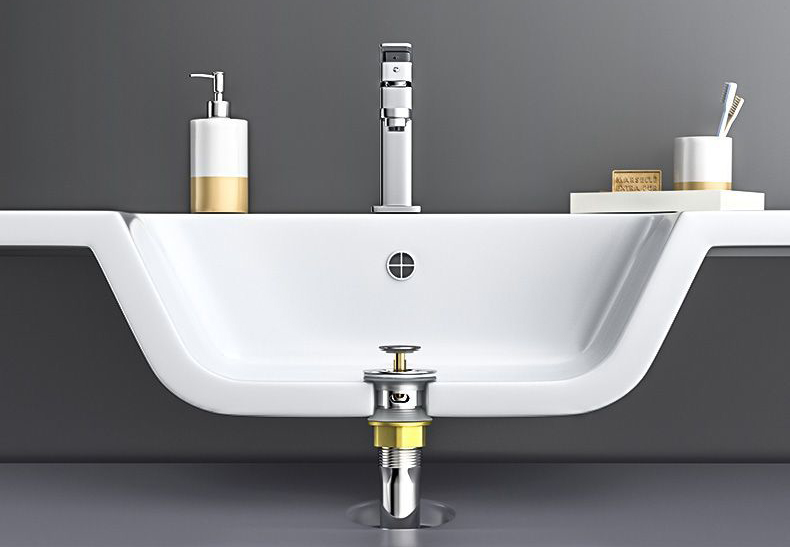
PRODUCT PROFILE

cabinet basin bathroom
The bathroom is not just a functional space in the modern household but also a place of relaxation and personal indulgence. Within the bathroom, various fixtures play crucial roles in enhancing its functionality and aesthetics. One such fixture that has witnessed significant advancements and transformations over the years is the cabinet basin.
This article will explore the evolution of cabinet basins and their impact on modern bathrooms. We will delve into their historical development, discuss the various types and materials used, highlight design trends, and explore the benefits they offer. Additionally, we will touch upon maintenance considerations and sustainable options.
Historical Development : The concept of basins can be traced back thousands of years to ancient civilizations, where they were primarily simple vessels used for hygiene purposes. However, the integration of basins with cabinets and storage units gained prominence during the 18th century. This marked a shift from purely functional fixtures to design elements that enhanced the aesthetics of bathrooms.
Types and Materials: Today, cabinet basins come in a wide range of types and materials, catering to diverse design preferences and functional requirements. Some of the popular types include pedestal basins, wall-mounted basins, countertop basins, and semi-recessed basins.
When it comes to materials, there is an abundance of choices available. Ceramic and porcelain are traditional materials known for their durability and versatility. They can be easily molded into various shapes and sizes, allowing for creative and customized designs. Other materials like glass, stone, stainless steel, and composite materials offer contemporary and luxurious options.
Design Trends : Modern cabinet basins have become a focal point in bathroom design, with manufacturers constantly pushing boundaries to offer innovative styles and finishes. Sleek and minimalist designs are gaining popularity, incorporating clean lines and seamless integration with the overall bathroom aesthetics.
Another emerging trend is the fusion of traditional and contemporary design elements, creating a unique and timeless appeal. Scandinavian-inspired designs with natural wood finishes and organic shapes are also in vogue. Metallic finishes such as rose gold, brushed nickel, and matte black are being used to add a touch of elegance and sophistication.
Benefits and Maintenance: Cabinet basins offer numerous benefits beyond their aesthetic appeal. They provide valuable storage space, allowing users to keep their bathroom essentials neatly organized and within reach. This is especially beneficial in smaller bathrooms where maximizing space is crucial.
Maintenance of cabinet basins is relatively easy. Regular cleaning using mild detergents is usually sufficient. It is important to avoid abrasive cleaners that can damage the surface. Additionally, checking for leaks and addressing any plumbing issues promptly is essential to maintain the longevity of the basin and cabinet.
Sustainability : As environmental concerns gain prominence, sustainable options for cabinet basins have emerged. Manufacturers now offer eco-friendly materials such as bamboo, reclaimed wood, and recycled glass, reducing the environmental impact. Water-saving features like low-flow faucets and dual-flush mechanisms help conserve water.
Conclusion : Cabinet basins have come a long way, evolving from simple vessels to design elements that enhance the functionality and aesthetics of modern bathrooms. The variety of types, materials, and design options available cater to diverse tastes and preferences. With their storage capabilities and easy maintenance, cabinet basins have become essential fixtures in maximizing the functionality of bathrooms. The incorporation of sustainable materials further contributes to a greener and eco-conscious approach.
As we move forward, it is exciting to see how cabinet basins will continue to evolve and adapt to emerging trends and technologies, further transforming the bathroom experience for generations to come.
OUR BUSINESS
The mainly export countries
The product export to all of the world
Europe, USA, Middle-East
Korea, Africa, Australia
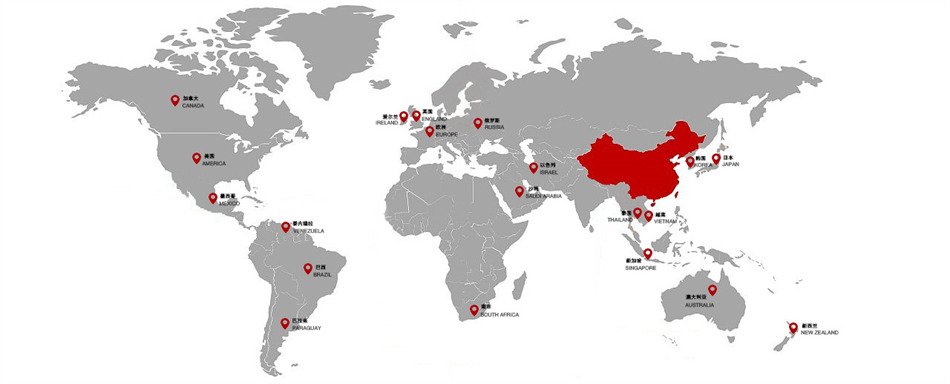
product process
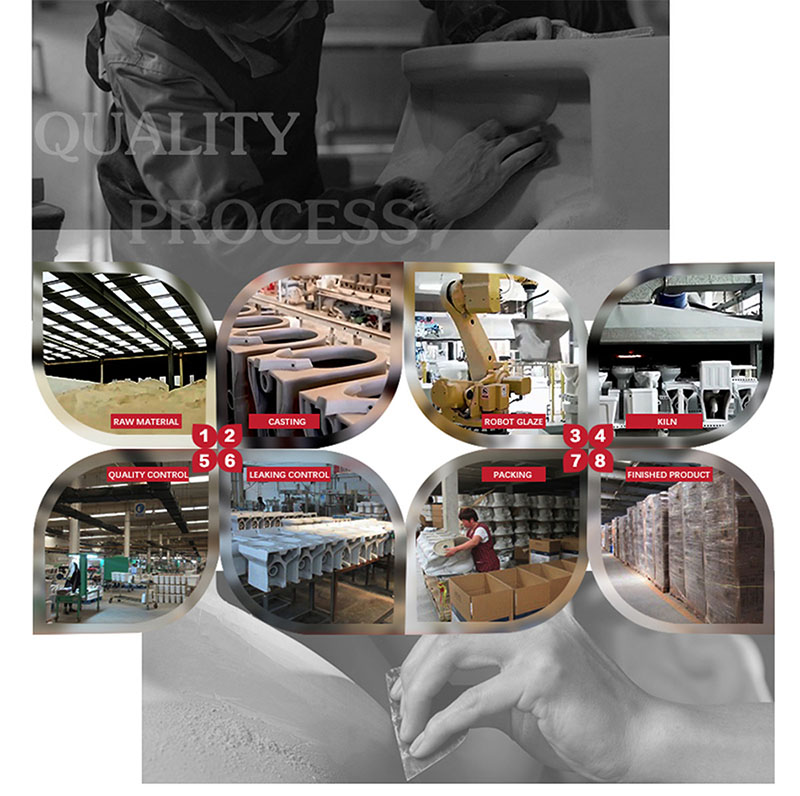
FAQ
Q1: How do you control quality?
A : Our systematic quality control procedure is as follows:
Raw material test- Semi-product inspection-Finished product inspection(dimension/surface/air tightness/
flush test/ barcode traceability)-pre-shipment inspection- Loading supervision-after sale feeback
Q2 :Can you print our logo on products and packages?
A : OEM is available. Laser/fire/brush logo for your option.
We welcome OEM at MOQ 1x40'HQ. Please inform us the logo and carton design before mass production.
Q3 : How about sample order?
A : Sample order is welcome. If Sample is free, you are responsible for the freight. If Sample fee is collect, the value can be
deducted from orders.
Sample ready time: within 7days for item in production/stock
Sample can be sent by DHL/TNT and reach you around 4-7days.
Q4 : If i am a new buyer for this item, any help you can offer?
A : We have rich experience for different markets and will recommend items for your ref.
For initial order, items can be mixed in one 40HQ.
We will design the package and prepare certificate for custom clearance.
Q5. What is the payment term?
A: We accept T/T 30% deposit in advance, the balance payment before shipment.
Q6. What about the lead time?
A: Generally, the production time is around 30-45 days after receiving deposit. The actual time depends on the models and
quantities that you ordered.
Q7 : How can I reach you?
A : Trade manger will be 24-h on line ready to solve your problem.
You can also choose what your like to contact with me:




















